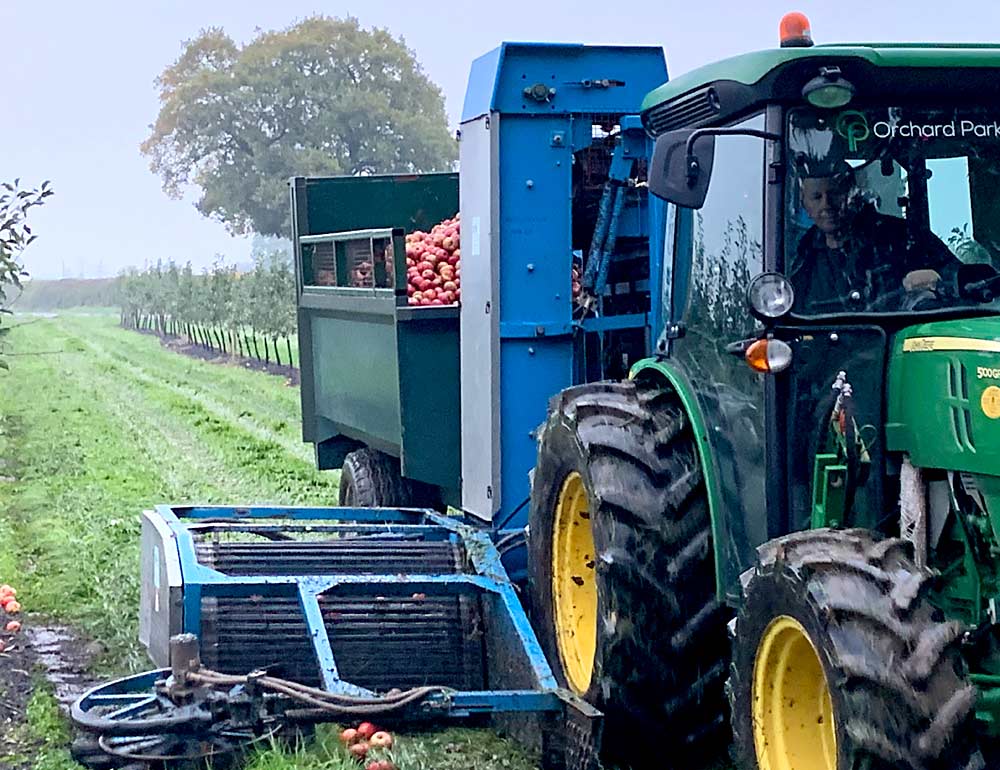
With a centuries-long history, England’s cider industry knows what it’s doing: Its cider apple harvesting and processing operations have evolved to become exceedingly efficient, it has the highest per-capita hard cider consumption of any country and it makes up 38 percent of the global cider market — by comparison, the rest of Europe combined is 24 percent, and North America sits at 12 percent. With statistics like that, U.S. cidermakers and cider apple growers can clearly learn a thing or two from their English counterparts. But, at the same time, the comparatively youthful American industry is positioned well to make some contributions of its own, according to U.K. grower, cidermaker and industry expert Neil Macdonald.
Macdonald, who owns Orchard Park Farms, an orchard management and custom harvest and pressing business located in Somerset, England, spoke at the 2020 Great Lakes Fruit, Vegetable and Farm Market EXPO, held virtually from Grand Rapids, Michigan.
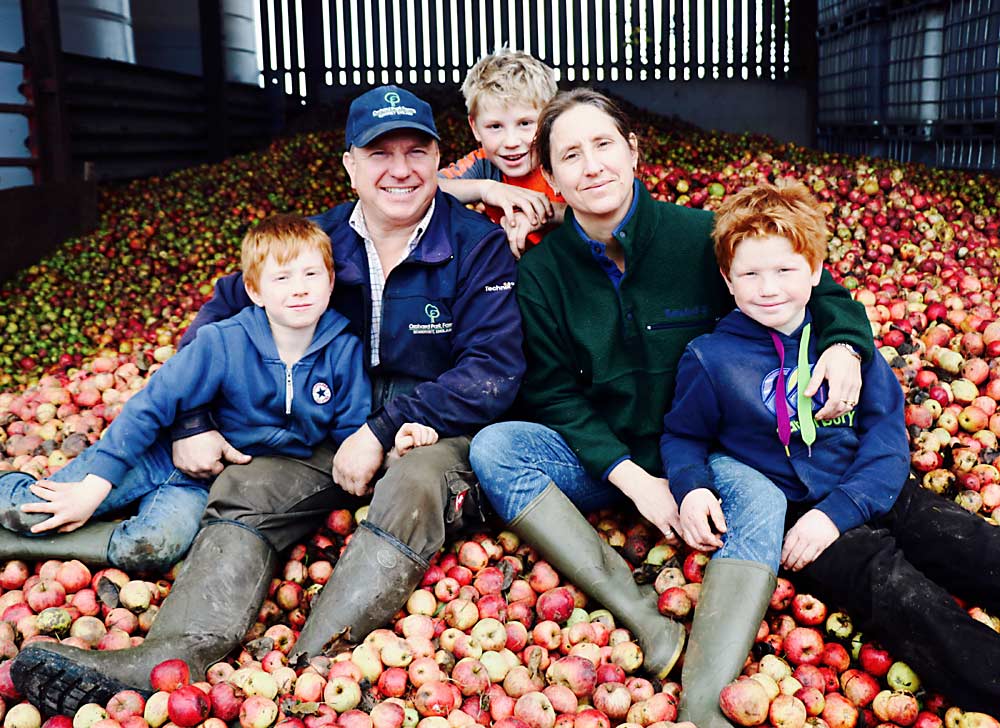
What the U.K. can teach
One approach the U.K. has used to its advantage is mechanical harvesting.
“Here in the U.K., there are about 17,000 hectares (42,000 acres) of cider apple orchards all designed for mechanical harvesting,” Macdonald said. “That’s a pretty big area, so you imagine with that sort of hectarage in this little country of ours, we’ve been at it a little while and we’ve tried and tested a few things.”
Typical harvesters in the U.K. are designed to gather apples from the ground, which he called grounders. “There is plenty of proof to suggest that our high-tannin cider apple varieties do not create an issue from a pathogens perspective when it goes through a fermentation process, so there’s absolutely no harm in using grounders,” he said.
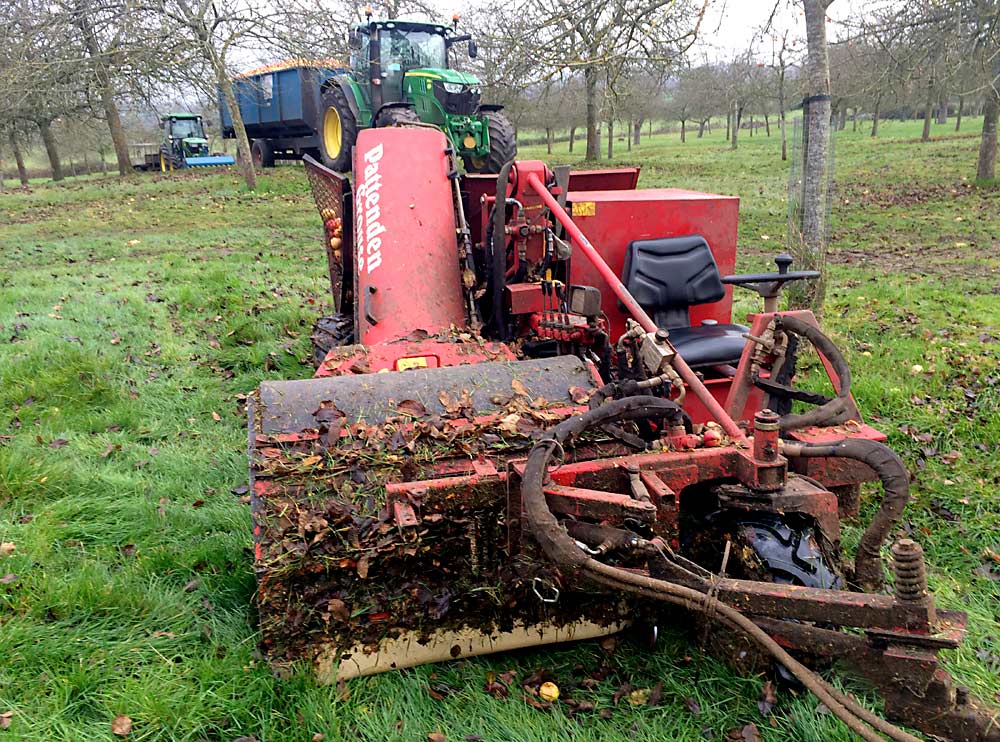
Harvesters range from tractor-mounted units that can gather 17 tons a day to large 200-ton-a-day units. “The rule of thumb for me is 40 hectares (about 100 acres) for a one-man unit for mechanical commercial production. Anything less than that, you look for a contractor to come in and do this,” Macdonald said.
Whether it’s done in-house or farmed out, he emphasized that orchards must accommodate the mechanical harvester. In the U.K., that typically means trees with a strong, shake-worthy rootstock. He said M.25 works well and M.116 looks promising for the heavy soils in his region, while M.111 or M.106 are “fantastic” choices for fertile, productive soils. He recommends 20-foot row spacing and tree spacing at 6 to 8 feet apart, supported on a wire system until they are about 5 years old.
Harvest timing is also very important, to ensure the appropriate ripeness for cider.
“Growers are always happy to get slightly unripe fruits off the trees because they’re easier to handle, but as cidermakers, if the starch is too high and the sugar is too low, that’s a problem to us,” Macdonald said. The best way to get that right, he said, is to develop good working relationships.
Such communication also ensures that growers and cidermakers are in sync in regard to production. The contract growing model, with formal arrangements that pledge supply and demand, has worked for many years, Macdonald said, but due to the current oversupply of cider apples in the region, it may not become necessary again for 5–10 years.
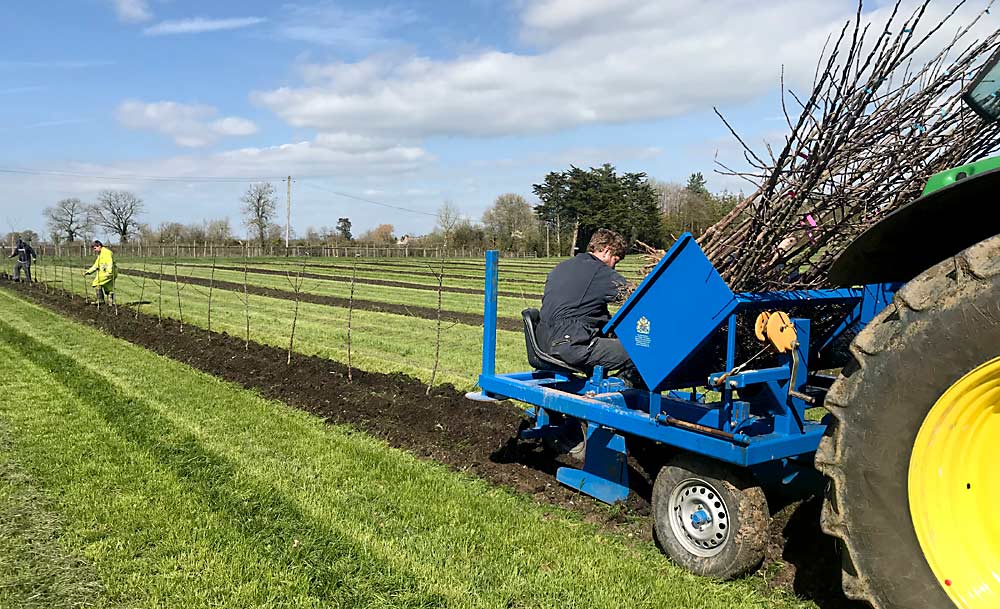
As orchard space in the Great Lakes region shifts away from traditional sweet cider apples to more profitable fresh market fruit, a contract-growing approach might be useful for both growers and cidermakers, according to EXPO session moderator and Michigan State University extension specialist Nikki Rothwell, coordinator of the Northwest Michigan Horticulture Research Center. She has watched acreage for McIntosh, Jonathan, Northern Spy, Ida Red and other juice apples be replaced with fresh-eating apples such as Honeycrisp, due to market pressure. Cidermakers who want those varieties could pursue long-term arrangements to protect that supply, she said.
“Although contract growing is not common here in Michigan, it may be an opportunity for Michigan apple growers to work with Michigan-based cidermakers to both produce and use those varieties that make great cider,” Rothwell said.
The U.S. contribution
While the U.K. has a long and successful track record with cider, the up-and-coming U.S. hard cider industry has an opportunity to make its mark on the future of the beverage, said Macdonald, who spent a year traveling the world and studying cider apple production in 2014 with a Nuffield Farming Scholarship.
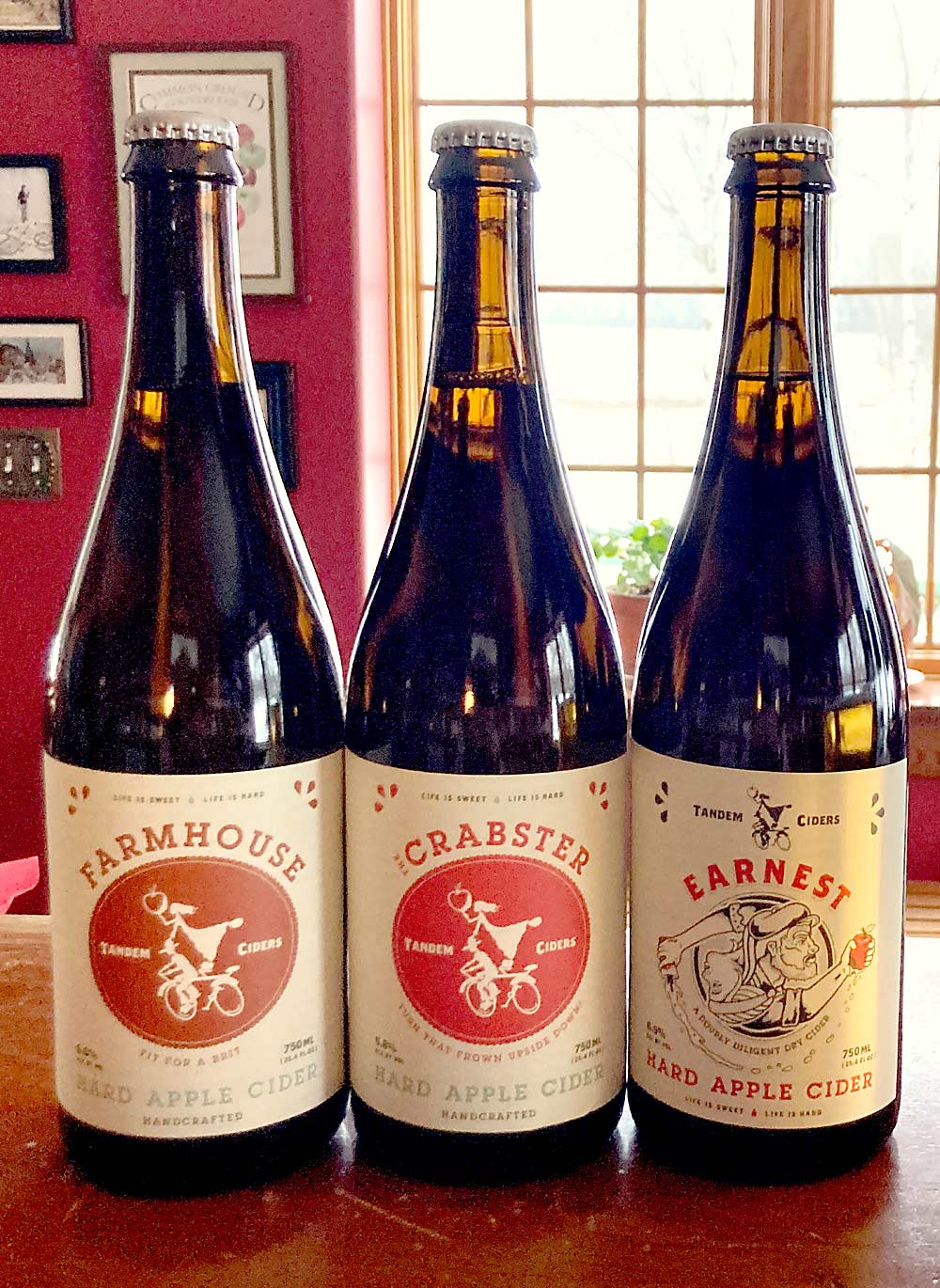
In the U.K., cidermakers have primarily made their traditional hard ciders on the bittersweet side, but consumer demand has begun to swing to a broader range of ciders that are “less challenging and certainly more quaffable,” he said. U.S. craft cideries took the lead in developing new blends that include fresh-eating or what he called dessert apples, such as Honeycrisp.
“My understanding is that you have enough of the dessert fruit but not enough of the cider fruit, so we’ve got a bit of a problem here: You’ve got what we want; we have what you want,” he said.
U.S. cideries are indeed taking up the gauntlet of innovation, according to Rothwell, who also owns a cidery with her husband.
“The U.S. is not tied to tradition like some of the U.K. producers, so we can add new flavors, and the American cider drinker is not saying, ‘That’s not what we used to have,’” she said. As examples, she pointed to Left Foot Charley in Traverse City, Michigan, where a big seller is its Cinnamon Girl hard cider, and to the wide variety of fruit-blended options that are becoming more available.
“We grow lots of different fruits in the state,” she said. “We have capitalized on that diversity and added them to our ciders.”
Macdonald agreed.
“Cider is an interesting category that can be developed. You can add flavors to it, you can be innovative with it, and consequently, that’s why there’s growth in that niche,” he said, noting that the U.S. is not only far ahead of the U.K. but is also “leading the world” on this front. “Long may we continue to push the bounds of what cider really should and should not be.” •
—by Leslie Mertz






Leave A Comment